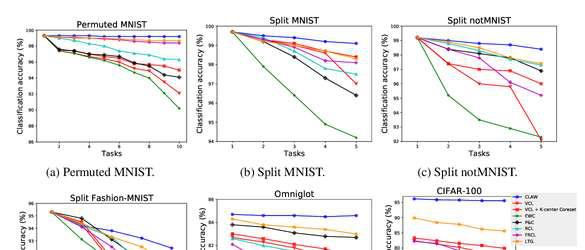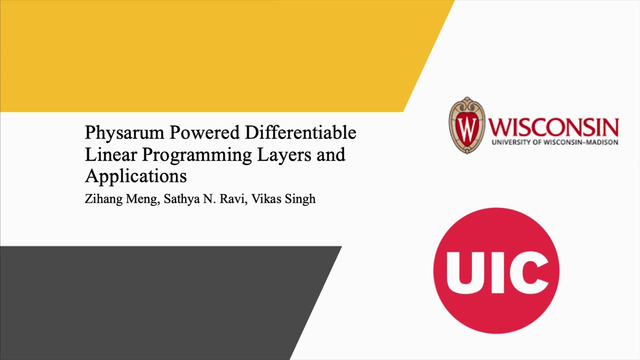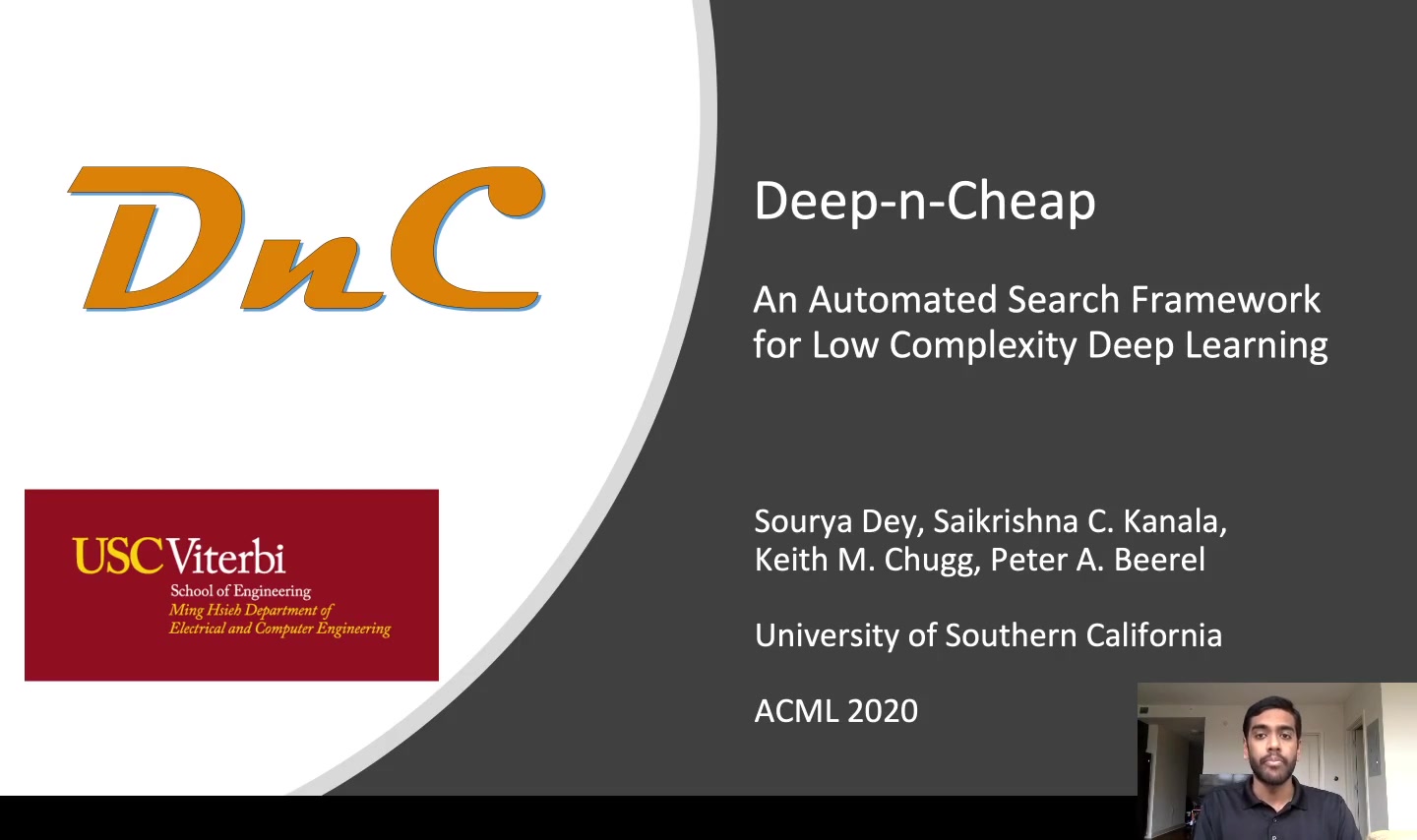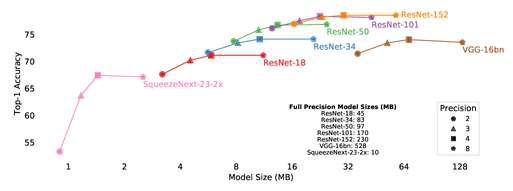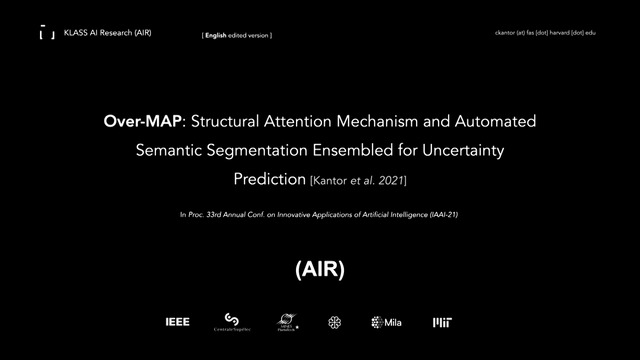Abstract:
Designing deep learning-based solutions is becoming a race for training deeper models with a greater number of layers. While a large-size deeper model could provide competitive accuracy, it creates a lot of logistical challenges and unreasonable resource requirements during development and deployment. This has been one of the key reasons for deep learning models not being excessively used in various production environments, especially in edge devices. There is an immediate requirement for optimizing and compressing these deep learning models, to enable on-device intelligence. In this research, we introduce a black-box framework, Deeplite Neutrino^{TM} for production-ready optimization of deep learning models. The framework provides an easy mechanism for the end-users to provide constraints such as a tolerable drop in accuracy or target size of the optimized models, to guide the whole optimization process. The framework is easy to include in an existing production pipeline and is available as a Python Package, supporting PyTorch and Tensorflow libraries. The optimization performance of the framework is shown across multiple benchmark datasets and popular deep learning models. Further, the framework is currently used in production and the results and testimonials from several clients are summarized.



